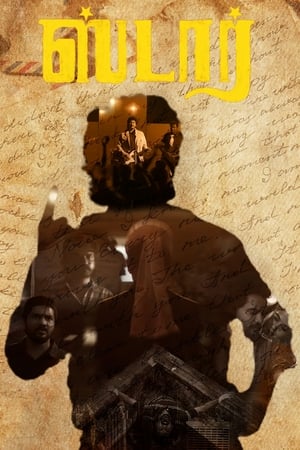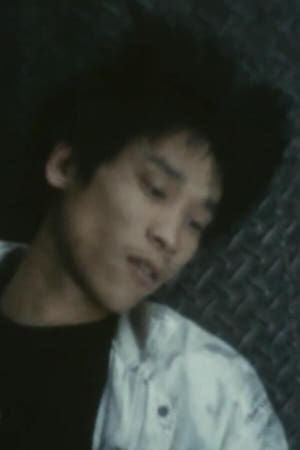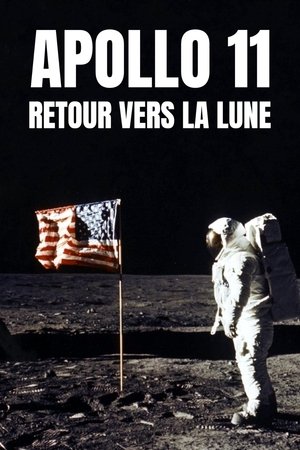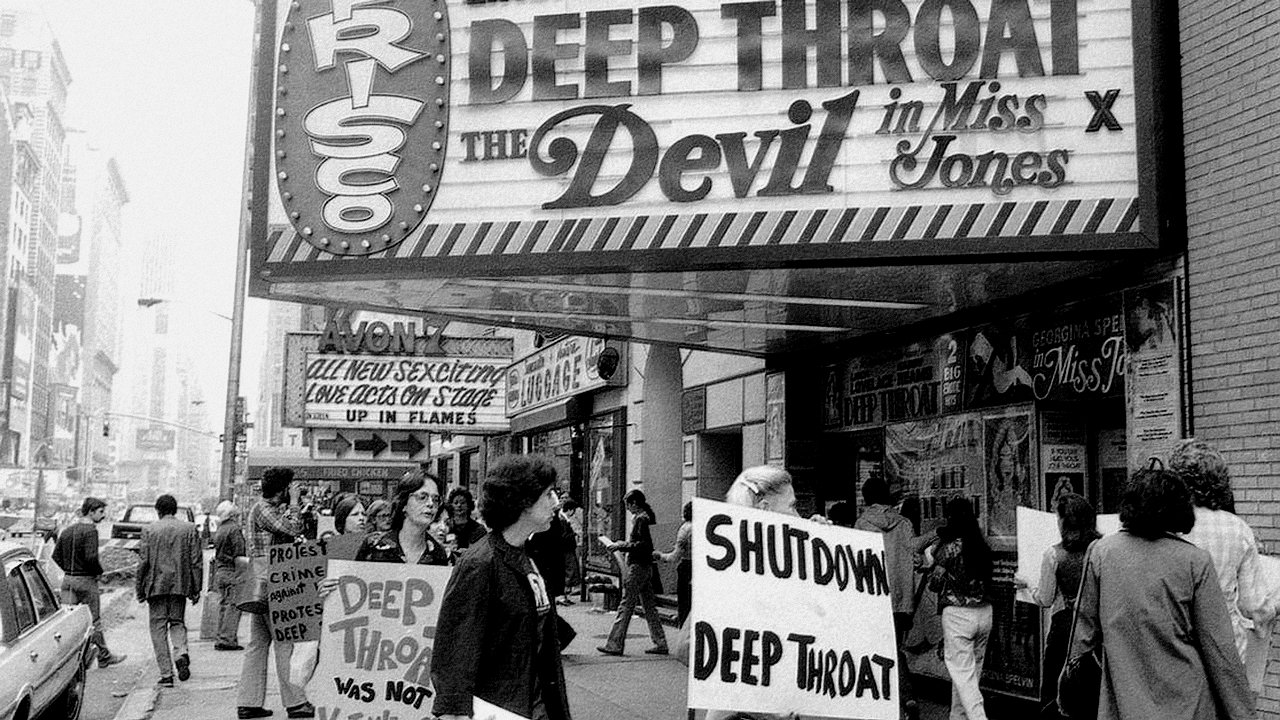
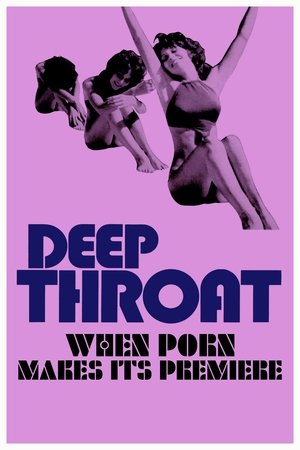
Deep Throat: When Porn Makes Its Premiere(2022)
Deep Throat, a pornographic film directed by Gerard Damiano, a film-loving hairdresser, and starring Linda Lovelace, a shy girl manipulated by a controlling husband, was released in 1972 and divided audiences, who began to talk openly about sex, desire and female pleasure; but also about violence and abuse; and about pornography, until then an almost clandestine industry, as a revolutionary cultural phenomenon.

Movie: Deep Throat: When Porn Makes Its Premiere
Top 9 Billed Cast
Self
Self
Self
Self
Recommendations Movies
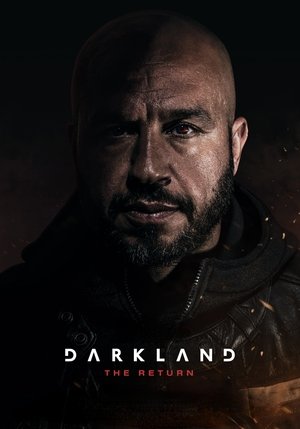 6.4
6.4Darkland: The Return(da)
Seven years ago, Zaid went to war against the Copenhagen underworld to avenge his dead brother. His identity as a respected doctor of cardiology and life as a family man is but a fading dream, and in prison Zaid suffers the loss of his son Noah, whom he barely knows. When a police agent approaches Zaid and offers him a deal to be released in exchange for infiltrating the Copenhagen underworld, he sees his chance to reclaim the remnants of the family life he left behind. But everything has a price, and Zaid realizes that he has now seriously endangered his son's life. After all, once you become part of the underworld, is there any way out?
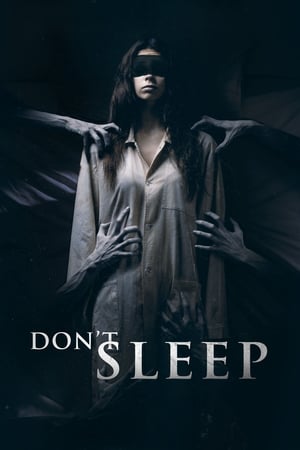 5.5
5.5Don't Sleep(en)
After moving into a cottage together, two young lovers confront horrors of a forgotten childhood.
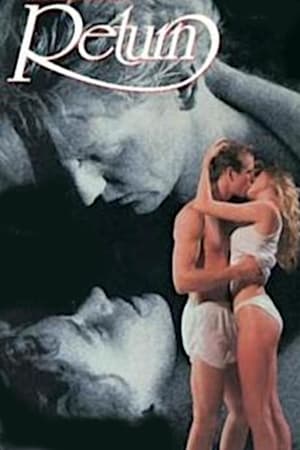 6.1
6.1Return(en)
After reading an article about hypnotic regression, a woman whose maternal grandfather died when she was only three years old contacts the hypnotic subject named in the article believing that he is the reincarnation of her grandfather, and hoping that she can learn the truth about how he died.
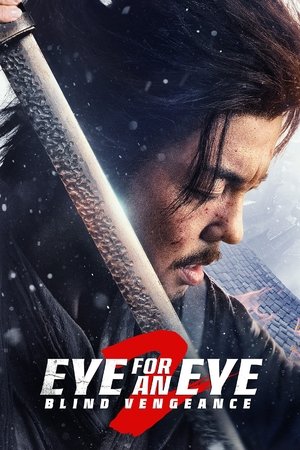 6.4
6.4Eye for an Eye 2(zh)
The blind swordsman, skilled in martial arts, named Cheng Xiazi (Xie Miao), accidentally saves Zhang Xiaoyu (Yang Enyou), who has suffered from the destruction of his family. Under the persuasion of the orphan Xiaoyu, Cheng reluctantly keeps him by his side and teaches him skills. Xiaoyu also waits for the opportunity to seek revenge.
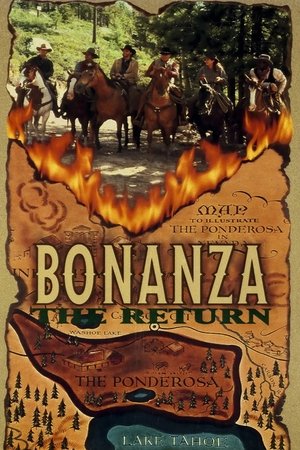 6.5
6.5Bonanza: The Return(en)
A man with a grudge against the late Little Joe seeks revenge on the Cartwrights and attempts to take over the Ponderosa.
 7.8
7.8Demon Slayer: Kimetsu no Yaiba Mt. Natagumo Arc(ja)
A recap of Kimetsu no Yaiba episodes 15–21, with new footage and special end credits. Tanjiro, now a registered Demon Slayer, teams up with fellow slayers Zenitsu and Inosuke to investigate missing person cases on the mountain Natagumo. After the group is split up during a fight with possessed swordfighters, they slowly begin to realize the entire mountain is being controlled by a family of Demon spider creatures.
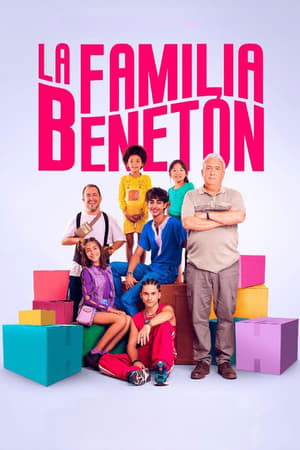 5.4
5.4The Benetón Family(es)
Toni, a grumpy in his fifties, avoids children at all costs. His life changes when he suddenly has to take care of his sister's five adopted children, each from a different country. Toni will have to deal with new parenthood and cultural differences.
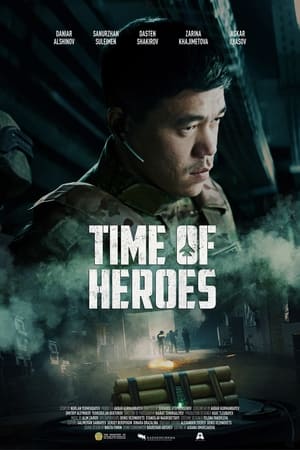 7.5
7.5Patriots Time(ru)
The brothers Sultan and Bekzat Ibrayev are serving faithfully in the Armed Forces of Kazakhstan, and at the same time they are in family disagreement. Sultan is a valiant intelligence officer and Bekzat is a talented fighter pilot. While an international terrorist organization prepares a carefully planned attack on the country's strategically important facilities, the brothers have to face not only a mortal threat, but also face a family confrontation related to their dead father. Circumstances force them to unite in order to save human lives, and the brothers eventually understand that their homeland and family are the most valuable thing they have.
 5.9
5.9The Year I Started Masturbating(sv)
Ambitious overachiever Hanna just needs one more kid before her life is perfect. Instead, her baby daddy unexpectedly dumps her. Suddenly, she finds herself without a place to live, job or family. With every fiber of her being set for victory, Hanna refuses to give up and decides to win him back. But to get there means having to win something much more important, love and desire for herself and who she is.
 7.1
7.1C(r)ook(de)
A killer for the Russian Mafia in Vienna wants to retire and write a book about his passion - cooking. The mafia godfather suspects treason.
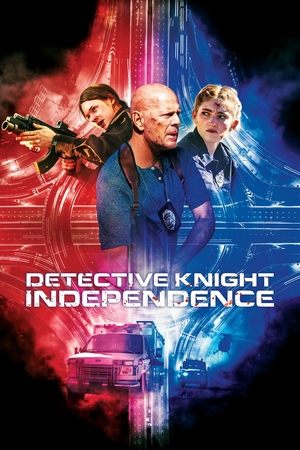 5.4
5.4Detective Knight: Independence(en)
Detective James Knight 's last-minute assignment to the Independence Day shift turns into a race to stop an unbalanced ambulance EMT from imperiling the city's festivities. The misguided vigilante, playing cop with a stolen gun and uniform, has a bank vault full of reasons to put on his own fireworks show... one that will strike dangerously close to Knight's home.
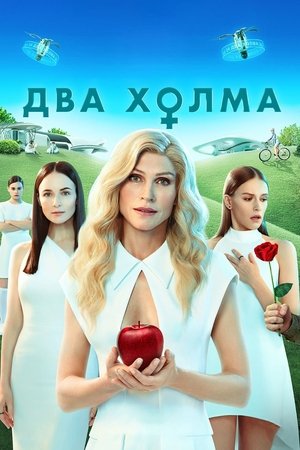 6.3
6.3The No Man Zone. The Movie(ru)
What will happen if, as a result of biological warfare, almost the entire male population dies out? Women will grieve (for a short time), and then they will unite and create a new better world - with eco-towns, renewable energy, opportunities to do whatever they want, even science and biohacking, even yoga and self-development. Reproduction now occurs by artificial insemination, and only girls are born in the new world. But not everyone likes such a world order. Some of the surviving men and women loyal to them go to live in abandoned cities, begin to steal electricity, enjoying freedom and traditional sex. The tranquility of the ideally arranged female world is threatened when teacher Rada from the eco-city "Two Hills" meets the young "primate" Hera outside it.
 7.9
7.9Sword Art Online the Movie – Progressive – Aria of a Starless Night(ja)
One month after Kayaba Akihiko's game of death began, the death toll continues to rise, two thousand players having already lost their lives to the ultra-difficult VRMMO world of Sword Art Online. On the day of the strategy meeting to plan out the first-floor boss battle, Kirito, a solo player who vows to fight alone to get stronger, runs into a rare, high-level female player. She gracefully dispatches powerful monsters with a single rapier that flashes like a shooting star in the night...
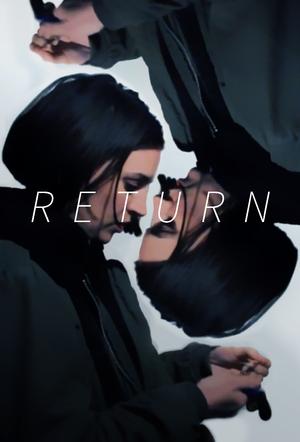 6.3
6.3Return(en)
A horror short with no dialogue (Advised to watch with headphones)
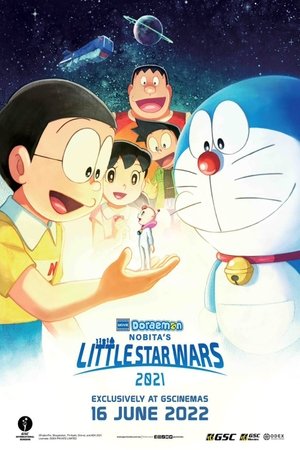 6.5
6.5Doraemon the Movie: Nobita's Little Star Wars 2021(ja)
One day during summer vacation, a palm-sized alien named Papi appears from a small rocket that Nobita picks up. He is the president of Pirika, a small planet in outer space, and has come to Earth to escape the rebels. Doraemon and his friends are puzzled by Papi’s small size, but as they play together using the secret tool “Small Light”, they gradually become friends. However, a whale-shaped space battleship comes to earth and attacks Doraemon, Nobita and the others in order to capture Papi. Feeling responsible for getting everyone involved, Papi tries to stand up to the rebels. Doraemon and his friends leave for the planet Pirika to protect their dear friend and his home.
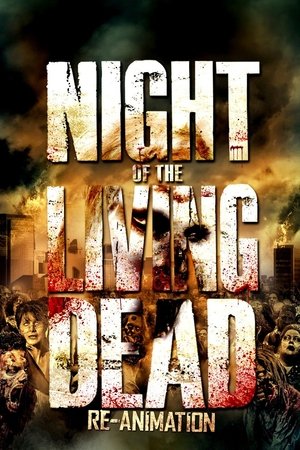 6.2
6.2Night of the Living Dead: Re-Animation(en)
After inheriting the family mortuary, a pyrophobic mortician accidentally exposes hundreds of un-cremated bodies to toxic medical waste. As the corpses re-animate, the mortician's inheritance-seeking younger brother unexpectantly shows up, stumbling upon a full zombie outbreak!
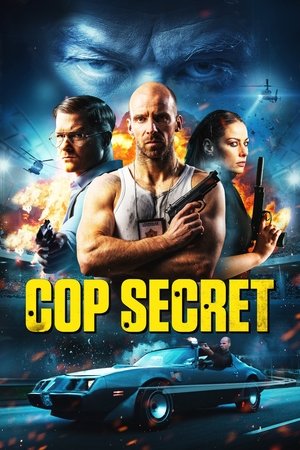 6.1
6.1Cop Secret(is)
When Bússi, Iceland's toughest cop, is forced to work with a new partner to solve a series of bank robberies, the pressure to close the case as soon as possible proves too much for him.
Similar Movies
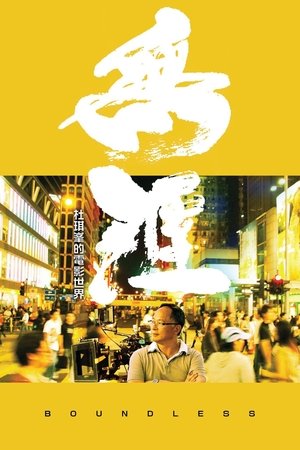 7.5
7.5Boundless(cn)
As Hong Kong's foremost filmmaker, Johnnie To himself becomes the protagonist of this painstaking documentary exploring him and his Boundless world of film. A film student from Beijing and avid Johnnie To fan, Ferris Lin boldly approached To with a proposal to document the master director for his graduation thesis. To agreed immediately and Lin's camera closely followed him for over two years, capturing the man behind the movies and the myths. The result is Boundless, a candid profile of one of Hong Kong's greatest directors and a heartfelt love letter to Hong Kong cinema.
 0.0
0.0Morgana(en)
A lonely house-wife’s plan to end it all takes an unexpected turn when her last hurrah begins a radical journey of sexual exploration and personal re-invention.
 6.1
6.1The Case of Bruno Lüdke(de)
The incredible story of Bruno Lüdke (1908-44), the alleged worst mass murderer in German criminal history; or actually, a story of forged files and fake news that takes place during the darkest years of the Third Reich, when the principles of criminal justice, subjected to the yoke of a totalitarian system that is beginning to collapse, mean absolutely nothing.
 7.7
7.7Stonehenge: The Lost Circle Revealed(en)
Professor Alice Roberts follows a decade-long historical quest to reveal a hidden secret of the famous bluestones of Stonehenge. Using cutting-edge research, a dedicated team of archaeologists led by Professor Mike Parker Pearson have painstakingly compiled evidence to fill in a 400-year gap in our knowledge of the bluestones, and to show that the original stones of Britain’s most iconic monument had a previous life. Alice joins Mike as they put together the final pieces of the puzzle, not just revealing where the stones came from, how they were moved from Wales to England or even who dragged them all the way, but also solving one of the toughest challenges that archaeologists face.
 6.9
6.9Penélope Cruz: Diva in the Mirror(fr)
An account of the life and work of Spanish actress Penélope Cruz: a long journey that began in the working-class neighborhoods of Madrid and ended in the hills of Hollywood.
 7.2
7.2Romy Schneider & Alain Delon: An Enduring Passion(fr)
Austrian actress Romy Schneider (1938) and French actor Alain Delon (1935), once fervent lovers in the early sixties, maintained a close friendship and a certain working relationship after their breakup until her death in 1984: a universal and eternal love.
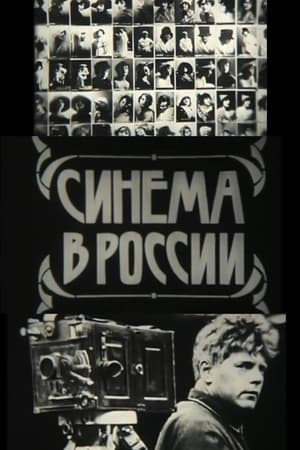 4.0
4.0Cinema in Russia(ru)
Documentary film about early years of Russian cinema: its first directors, cameramen, producers and actors. Includes rare fragments of pre-revolutionary feature films, newsreels and Starewicz's animation.
 6.4
6.4The Memory of Cinema: A Film About Fernando Méndez-Leite(es)
A look at the life and work of Spanish filmmaker and film critic Fernando Méndez-Leite, as he writes his memoirs and a novel with autobiographical resonances.
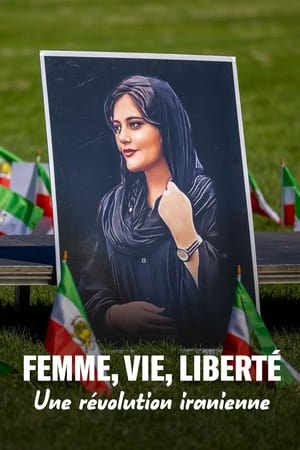 8.5
8.5Woman, Life, Freedom: An Iranian Revolution(fr)
On September 16, 2022, in Teheran, the murder by police of the young Mahsa Amini, arrested for "wearing a headscarf contrary to the law", sparked off an unprecedented insurrection. Within hours, a spontaneous movement formed around the rallying cry: "Woman, life, freedom". For the first time, women, joined by men and students, took the initiative and removed their veils, the hated symbol of the Islamic Republic. The Iranian population, from all regions and social categories, rose up in protest. Social networks went wild. The diaspora (between 5–8 million Iranians) took up the cause, and the whole world discovered the scale of this mobilization: could the theocratic regime be overthrown this time?
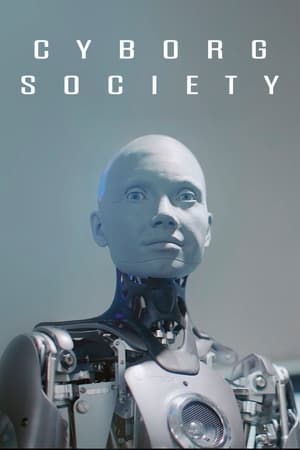 7.0
7.0Cyborg Society(en)
What does the looming A.I. revolution mean for us as individuals and as a society?
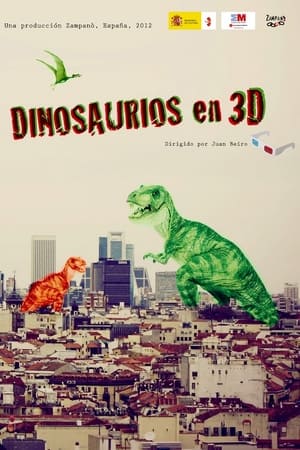 0.0
0.0Dinosaurios en 3D(es)
Not so long ago there were monumental movie theaters in the streets and avenues of Madrid, the capital of Spain, authentic cathedrals erected during the golden age of film exhibition, now converted into 3D dinosaurs, whose remains speak of the past and somehow anticipate the future.
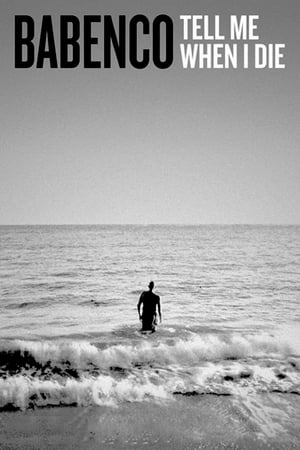 7.0
7.0Babenco: Tell Me When I Die(pt)
Besieged by cancer and nearing the end, the genius Argentine-Brazilian filmmaker Héctor Babenco (1946-2016) asks Bárbara Paz, his wife, for one last wish: to be the protagonist of his own death.
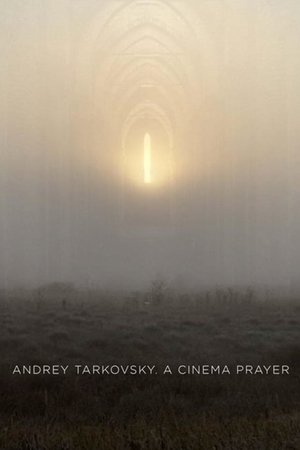 6.7
6.7Andrey Tarkovsky. A Cinema Prayer(ru)
An account of the life and work of Russian filmmaker Andrey Tarkovsky (1932-86) in his own words: his memories, his vision of art and his reflections on the fate of the artist and the meaning of human existence; through extremely rare audio recordings that allow a complete understanding of his inner life and the mysterious world existing behind his complex cinematic imagery.
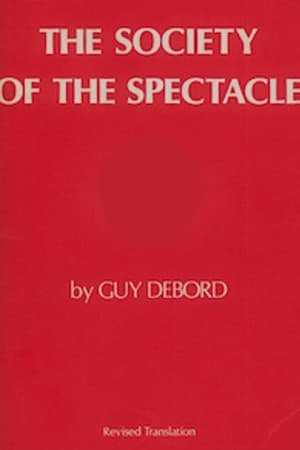 6.7
6.7The Society of the Spectacle(fr)
Guy Debord's analysis of a consumer society.
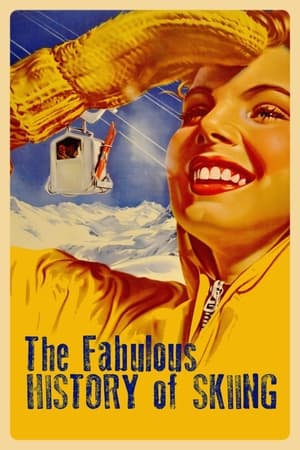 7.8
7.8The Fabulous History of Skiing(fr)
The history of skiing is an amazing journey through small and big events starring strong and avant-garde people who were not afraid to break with the prevailing social prejudices of their time and invented a new sporting discipline.
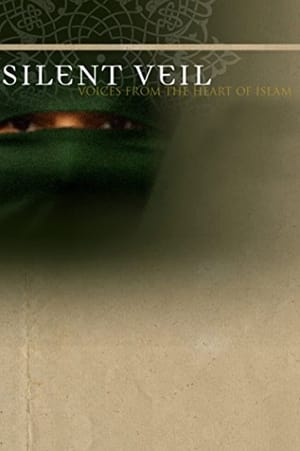 0.0
0.0Silent Veil(en)
In Pakistan, veils hide one of the country's most terrible secrets. Driven by revenge, jealousy or sexual non-co-operation some men subject their wives to horrific attacks with acid that is freely available in the street. Completely disfigured, the victims are often ostracized by their families and become prisoners in their own home. This chilling documentary is a terrifying insight into the shattered lives of these women.
 0.0
0.0Cult People(en)
In interviews, various actors and directors discuss their careers and their involvement in the making of what has come to be known as "cult" films. Included are such well-known genre figures as Russ Meyer, Curtis Harrington, Cameron Mitchell and James Karen.
 4.6
4.6Pandora Peaks(en)
A dialogue-free documentary on former magazine model Pandora Peaks, with narration by Peaks and Meyer.
 6.3
6.3Playboy: The Story of X(en)
The Story Of X takes you to the earliest days of adult films when men peddled stag reels and projectors out of the trunks of their cars, then through the movie house years to the arrival of the home video business, and now the Internet. Meet the men behind the camera, such as "King of Sexploitation" Dave Friedman and the preeminent breast man Russ Meyer. Considered pariahs at the time, they're now hailed as pioneers in the fight against censorship. The Story of X visits the 60s when women's rights, not nudity, became the issue and recounts porn's arrival in Hollywood, led by director Bernardo Bertolucci's Last Tango In Paris. In the 70s, several groundbreaking films, including Behind The Green Door featuring Marilyn Chambers and Deep Throat featuring Linda Lovelace, took the genre to a new level.





